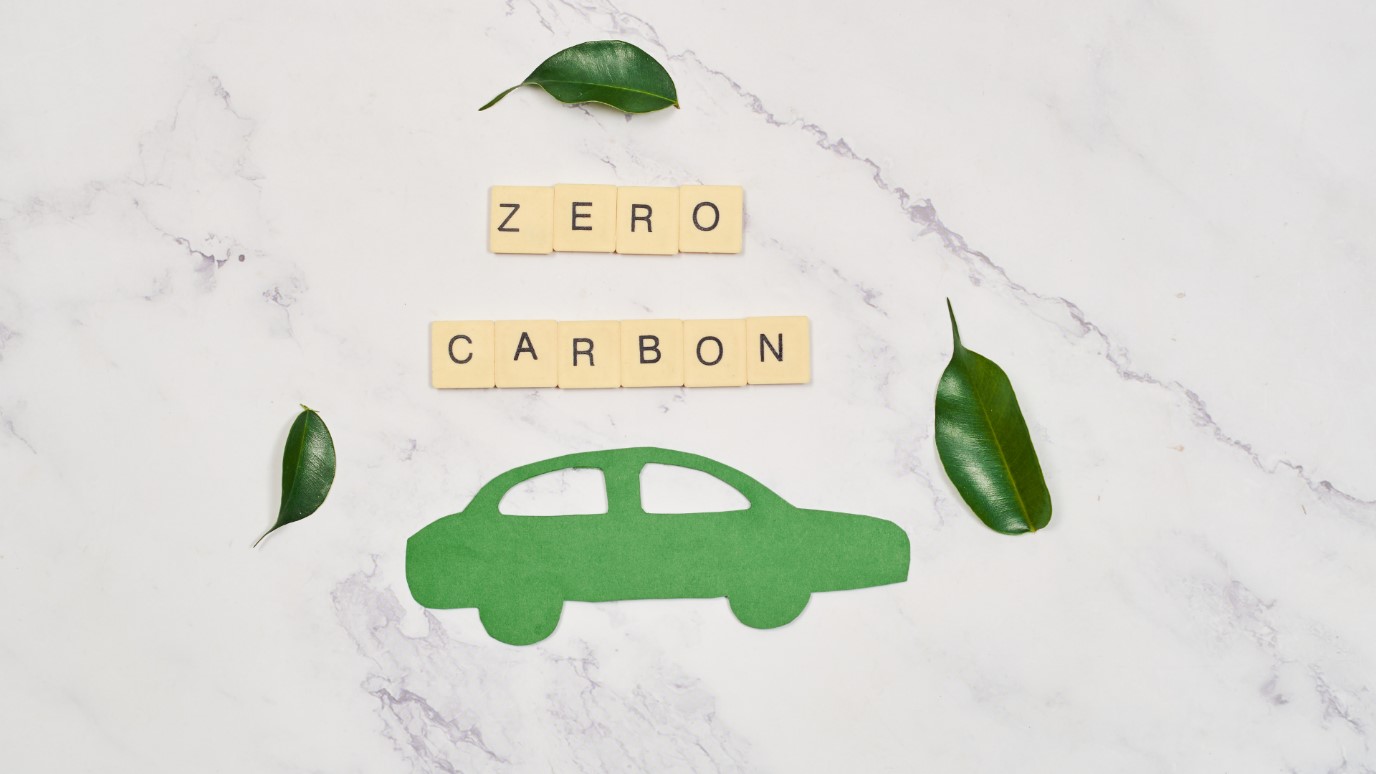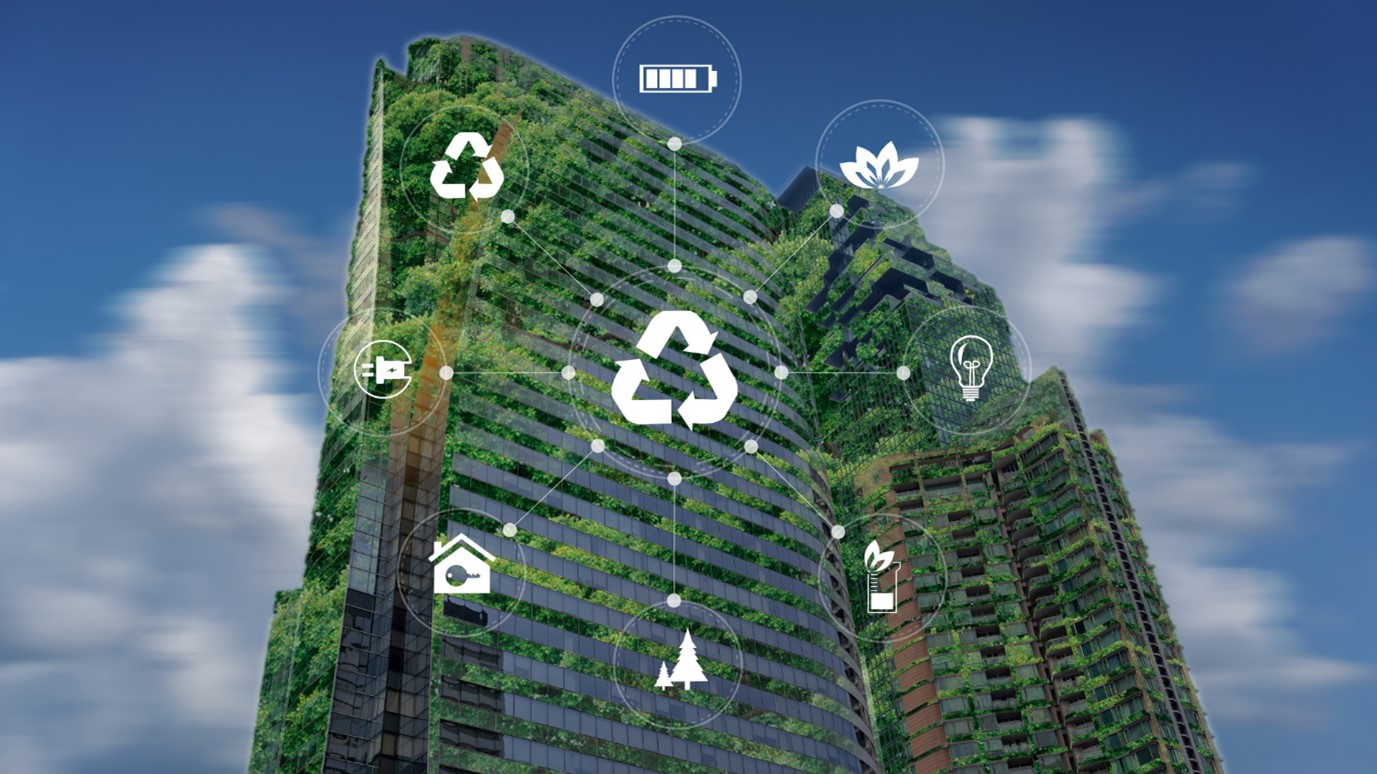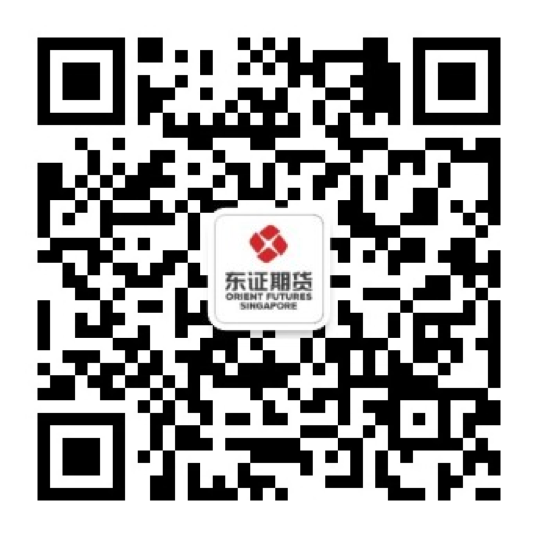
An Overview Of The Carbon, ESG and the Environmental Market
In the opening speech of the LME Asia Metals Seminar 2023 by Laura M Chua, Chairman of HKEX, it is mentioned that HKEX has actively implemented ESG initiatives into its plan. For example, ideas such as the LMEpassport serves as an electronic certificate of analysis (CoA) and digital credentials register from the London Metal Exchange. This e-passport replaces the current paper-based model, effectively recording information and reducing waste.
Moreover, among the exchange’s clients, over half of the firms have also added ESG credentials. Such positive reception has further propelled the development of EU batteries, the carbon agenda, and the electric vehicle market.
From a broader perspective, IEA estimates that oil, coal, and natural gases account for 80% of the world’s energy sources. Currently, over 120 countries and regions including Europe, England, and Canada have suggested carbon-neutral objectives, with a majority to be achieved in 2050. Globally, some of the goals such as the Paris Agreement and carbon footprint agendas continue to be the long-term objectives for many countries.
Lastly, with the increase in awareness of the carbon agenda, there will be increased supervision in the industries such as ferrous metal, coal, industrial gold parts, and other products.

Is Sustainability Sustainable?
In the discussion titled “Is sustainability sustainable?”, John Johnson, CEO of CRU China discussed that an accurate barometer of sustainability is the price of CO2. The price of CO2 allows companies to justify investment options. Additionally, with enhanced ESG requirements, it is important to note that fulfilling these requirements is no longer an option.
Specifically, over the last 5 years, there have been significant improvements in copper mines and the smelting industry. In regions such as Russia, the production of low-carbon aluminium has played a crucial role in the industry. Despite ongoing geopolitical conditions, trading with Russia in the metals industry remains a feasible option as it is not sanctioned.
Contrastingly, in China, aluminium plants located in the northwest regions such as Yunnan and the Sichuan province have implemented hydro-based smelting methods. These smelting methods are preferred alternatives instead of the more polluting coal-fired power. Despite its advantages, sources such as NASDAQ have reported that these areas have been affected by “electricity shortages this summer as severe drought hit their ability to generate hydropower, leading to curbs on smelters’ power usage”.
Parts of the above initiative have been accounted for in 2021 when China announced a plan named “Action plan for Carbon Dioxide Peaking Before 2030”. In the document, a few key points were indicated:
1. A transition into green and low-carbon energy such as coal substitution.
A) The creation of new energy resources such as wind and solar power generation.
B) The development of hydropower in regions such as the Yarlong Zangpo River.
C) The development of nuclear power through a safe and orderly approach.
D) Regulating Oil and Gas Consumption.
E) Speed up the development of the new electric power system.
Apart from the above point on the transition to green and low-carbon energy, the plan also includes 9 other initiatives to target different aspects of energy conservation and carbon emissions.
In the upcoming years from 2030 to 2060, it is expected that there will be a rapid increase in the supply of end-of-life products, as secondary sources become more important in the substitution of demand and supply of copper.

Exchange-Oriented Solutions
From the perspective of exchanges, there will be a need to initiate different solutions, requirements, and standards to further strengthen the industry. For example, the LME responsible sourcing, program launched on October 2019 serves to fulfill sustainable development options through the use of OECD Due Diligence Guidance for Responsible Supply Chains of Minerals from Conflict-Affected and High-Risk Areas (“OECD Guidance”) through different track requirements. (A, B, C, and D).
Other than the due diligence guidelines, the responsible sourcing program also makes use of ISO 140001 and ISO 45001/ OHSAS 18001, which are rules for the environmental management system certification, and occupational health and safety management certification respectively.
Similarly, other exchanges can also produce similar guidelines to promote sustainability or decarbonisation declarations by firms. These guidelines will ultimately benefit all traders.
Components of Environmental Sustainability
On the topic of environmental sustainability, a few components such as carbon neutrality, material efficiency, green design, and economic competitiveness were the main areas that were pointed out as areas for change. Particularly, the use of higher carbon prices is important to justify decarbonization efforts, while other plans such as green premiums and offsets can also be included in the plans.
Limitations of Sustainability Initiatives
For sustainable investment to progress, more audits will need to be carried out throughout the entire chain from the production front to the finished products. However, time and patience will be required to understand the requirements of each segment of the supply chain.
Alternatively, the net zero journeys differ among jurisdictions as well as different firms. Hence, innovations for each product may target different aspects such as energy usage, traceability, transparency, or certain production processes.
Lastly, the lack of unification or a standard target for all of these parties is also likely to discourage firms from participating in sustainability initiatives.

Solutions for Decarbonisation
Currently, the smelting industry accounts for up to 75% of ferrous power consumption, which is significant. Hence, a significant proportion of the goal is to lower carbon by 40% by 2025, with 45 million tons set as the ceiling.
To achieve this, solutions will have to initiate a net-zero concept and encourage collaboration from different stakeholders in the value chain. Most importantly, it was discussed that there must be a proper price for carbon, either through voluntary carbon credits or by providing liquidity in mature markets.
Alternatively, banks can also participate in preventing greenwashing through transparent assessments and procedures. For example, Standard Chartered announced on September 2022 that it would be a founding signatory of the Sustainable STEEL Principles (“SSP”), the plan aims to achieve net zero emissions in the steel industry. The acronym STEEL mainly refers to standardised assessment of climate alignment, transparent reporting, enactment, engagement, and leadership. For more information on the STEEL principle, refer to the framework here.
Start Trading With Orient Futures Singapore
Being an Overseas Intermediary of Shanghai International Energy Exchange (INE), Dalian Commodity Exchange (DCE), and Zhengzhou Commodity Exchange (ZCE), when foreign clients participate in internationalised futures contracts in these Chinese markets with us, they have direct access to trading, clearing, and settlement. Our parent company, Shanghai Orient Futures, is the largest broker in terms of aggregated volume across the five regulated exchanges in China.
Orient Futures Singapore also currently holds memberships at the Singapore Exchange (SGX), Asia Pacific Exchange (APEX), and ICE Futures Singapore (ICE SG). Starting August 2023, corporate clients can also gain access to the B3 Exchange through us.
We provide bespoke services to our professional clients, tailored to their corporate and individual needs. Our team will be there for you 24 hours on trading days to provide a one-stop portal for all your trades, with simple processes and an intuitive user interface that has low or near-to-zero latency.





